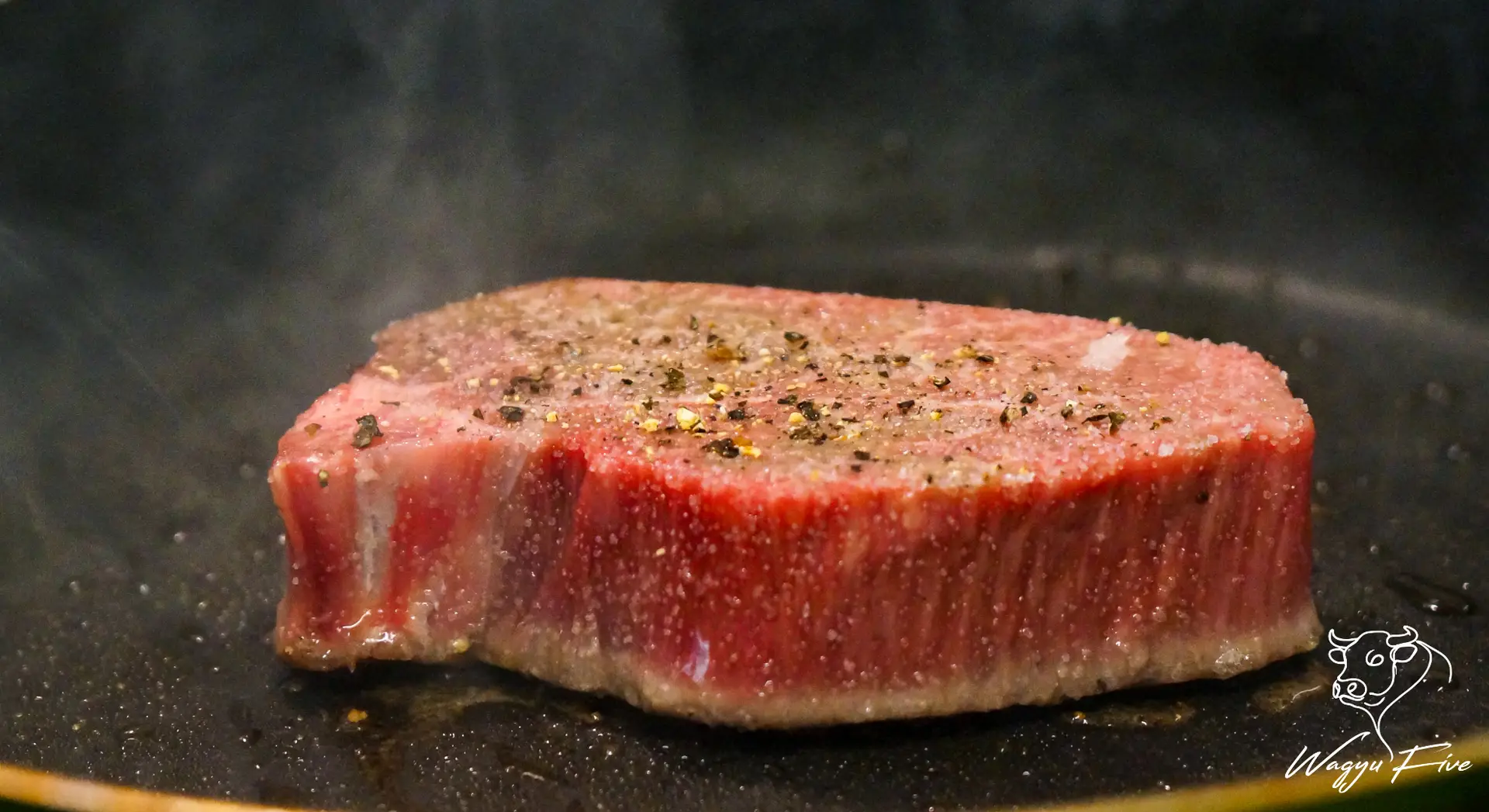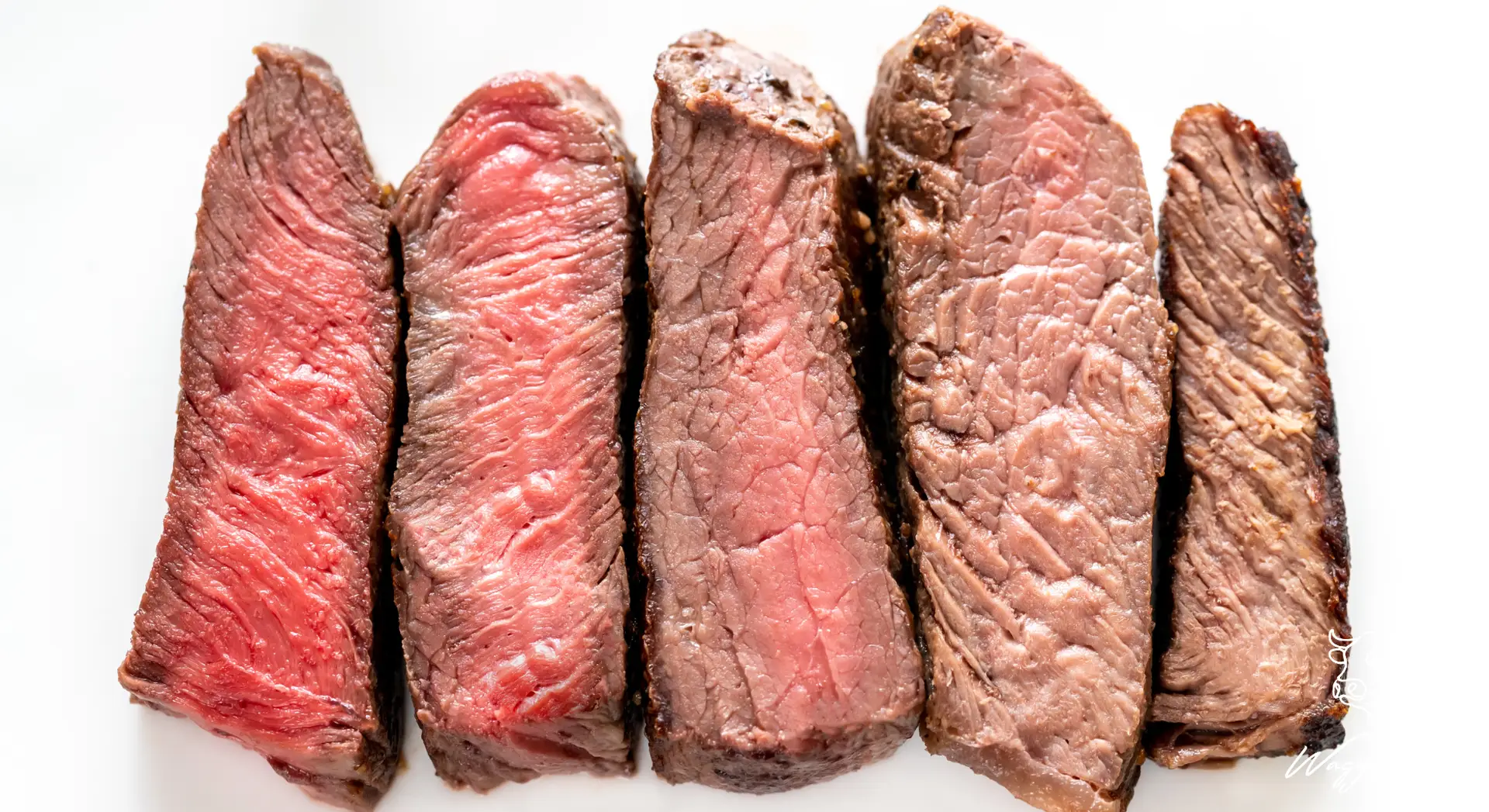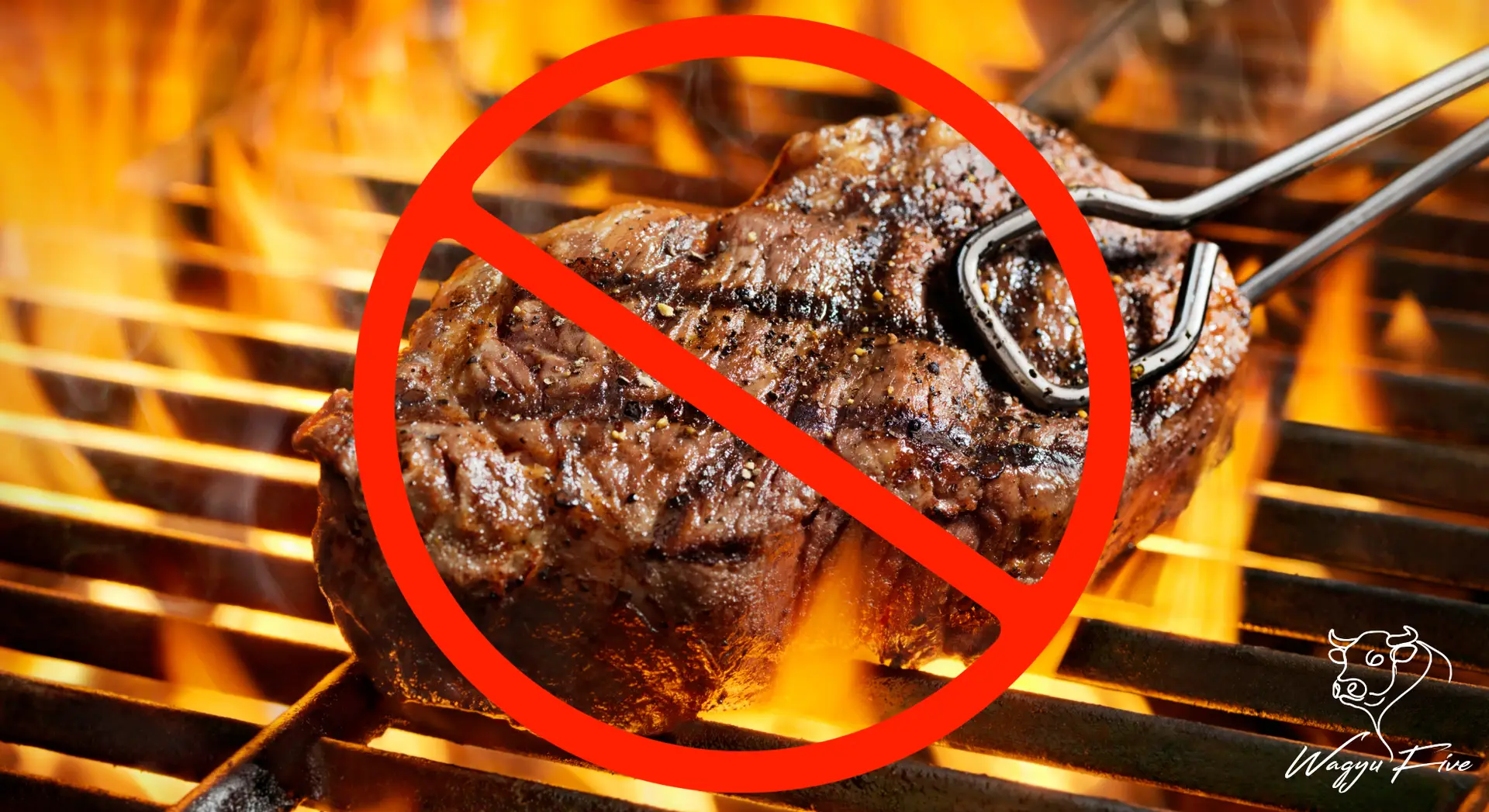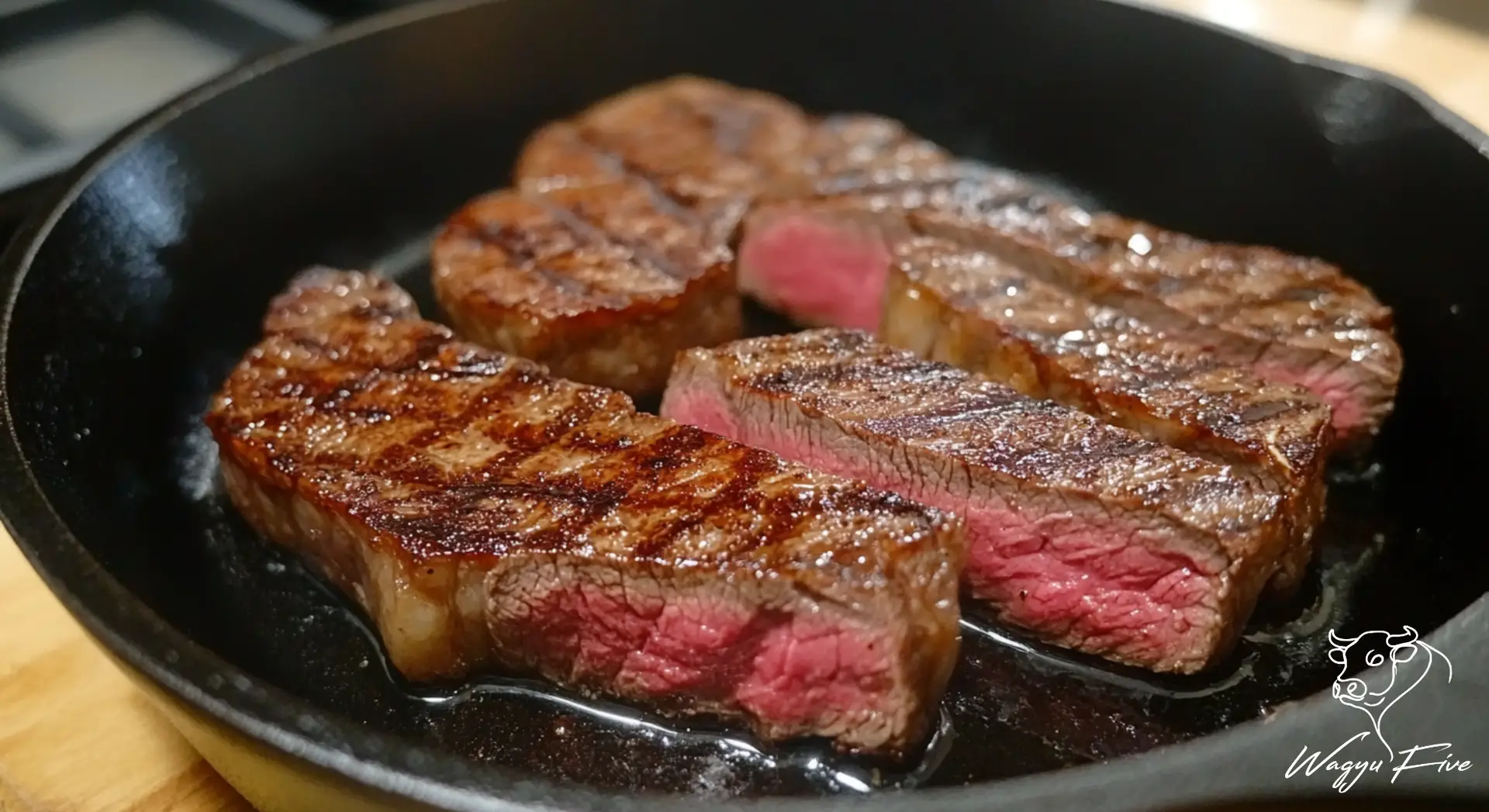Wagyu beef, a highly prized meat from Japanese cattle, is renowned for its intricate marbling and luxurious flavor profile,enough to be recognized as a premium cuisine by many and not just culinary professionals. Cooking Wagyu steak is an art that requires respect for the meat’s delicate texture and rich flavors. In this guide, we’ll cover everything you need to know about Wagyu steak cooking at home, from preparation to achieving the ideal level of doneness.
Understanding Wagyu Steak Cooking
Cooking Wagyu beef is about elevating its natural flavors while preserving its unique texture. Wagyu, especially A5-grade Japanese Wagyu, is known for its fine marbling that gives the meat a buttery mouthfeel. The goal in cooking Wagyu is to enhance its taste while allowing the beef’s natural quality to shine.
Preparation Essentials for Wagyu Steak Cooking at Home
Before starting, gather the following items and ingredients to ensure a smooth cooking process:
- Ingredients:
- High-quality Wagyu steak (approximately 1-inch thick)
- Sea salt
- Tools:
- A heavy-duty cast iron skillet or pan
- Meat thermometer
- Tongs for flipping
- A resting rack or cutting board
- Timer
Step-by-Step Guide to Cooking Wagyu Steak
Now that you have the required items for cooking, let’s start with the instructions on how to cook your wagyu steak. In this case we are going to recommend the simples way which is pan seared steak.

Step 1: Important Pre-Cooking Tips
- Thaw frozen items in the refrigerator: When obtaining Wagyu in the Philippines, it often arrives refrigerated. In that case, thaw it in the refrigerator or other place the night before the day you intend to cook it.
- Dry the Steak: Use a paper towel to remove any excess moisture for a better sear.
Step 2: Heat the Skillet
Preheat a cast iron skillet over medium-high heat (approximately 190°C/375°F to 230°C/450°F) until it’s hot but not smoking.
Step 3: Seasoning
Sprinkle a pinch of salt on each side of the beef.
*Avoid heavy spices or marinades, as these can mask the natural flavors.
Step 4: Sear the First Side
Gently place the Wagyu steak in the skillet, letting it cook undisturbed for 2-3 minutes. This will allow a golden-brown crust to form, sealing in the juices and enhancing the flavor. While searing, be sure to thoroughly brush the oil melted from the meat under the meat. Browning the surface will trap the aroma and flavor inside the meat.
*For thinner steaks, it is best to cook only one side of the steak tightly, as cooking both sides may overcook the inside.
Step 5: Flip and Sear the Other Side

Using tongs, carefully flip the steak to cook the other side. Let it cook for an additional 2-3 minutes to form a crust on that side as well.
Monitor Internal Temperature:
Use a meat thermometer to check for desired doneness. Insert the thermometer into the thickest part of the steak:
- Rare: 52°C (125°F)
- Medium-Rare: 57°C (135°F)
- Medium: 63°C (145°F) — Wagyu is typically not cooked beyond this point to preserve its tenderness and buttery texture.
Lower Melting Point: The fat in Wagyu melts at a lower temperature than other beef, it starts to melt at around 16-25 °C, which means it’s best cooked at lower temperatures to avoid melting all the fat.
Step 6: Resting the Meat
Remove the steak from heat and let it rest for 5-10 minutes on a cutting board. Doing so allows the juices to redistribute within the meat, enhancing flavor and tenderness.
It is essential to rest it near a heat source, such as around the stove, in order to transfer heat to the inside without losing it. If cooking in an air-conditioned room, wrap in aluminum foil for protection.
If you prefer a tougher steak, repeat Steps 5 and 6 to slowly cook the meat internally.
Step 7: Slicing and Serving
Slice the steak diagonally every 1-2 cm thin for the most tender experience, and serve immediately.
How to choose the Best Wagyu Beef for Stake
What kind of meat is suitable for this Wagyu steak? Let us help you find your favorite Wagyu beef.
- Sirloin or rib roast (the loin part around the back of the cow), commonly used for steaks, is appropriate.
- The thicker the meat, the slower it cooks, reducing the risk of overcooking mistakes that are common with thinner meats. Meat 1 cm to 1.5 cm thick may be sold in supermarkets for steaks, but you want at least 2 cm. If only thin meat is available, choose one that is at least the thickest available.
- When making steaks, if the meat is thicker and cooked medium-rare or rare, the fat may seem too much. In this case、 A3 or A4 grade Wagyu may be preferred for lesser fat. Try it out yourself to find out which one you prefer.
Common Mistakes to Avoid When Cooking Wagyu Stake

Now we talked about the instructions, as you floor them, make sure to also take note of the following tips. Since Wagyu is a beef that is way too different compared to other beef. Because of the Wagyu’s marbling and unique flavor of wagyu, there are a lot of things to be careful of when cooking one and those are:
- Overcooking: In order not to ruin the amazing marbling of wagyu, it is important to make sure not to overcook it because it will cause it to become dry and chewy. We suggest aiming for medium rare doneness to preserve both the marbling and its tenderness.
- Using Oil: Because of Wagyu’s Marbling, the fat content of the meat itself will suffice as oil when cooking. Using too much oil will make it mix up with the oil from the fat of the Wagyu and will result in a greasy wagyu steak. If you ever need to use oil to avoid the meat sticking to the cast iron pan/grill, use only a very small amount of wagyu fat from the wagyu itself to grease your pan.
- Heavy Seasoning: Strong spices can mask the delicate flavors of Wagyu. Unlike Filipino cuisine that favors a lot of flavors, Japanese cuisine focuses on highlighting the natural flavors of their food, because of this, it is not recommended to use flavors that will overpower the original flavor.
Can you now try wagyu stake cooking at home?
Cooking Wagyu steak at home in Manila is a culinary experience that’s both rewarding and approachable as long as you stick with the right techniques. By following the steps in this guide, you’ll unlock the full potential of your Wagyu steak, from preparation to perfect doneness.Treating Wagyu with care and simplicity lets its rich, buttery flavors shine, making it an unforgettable dish that will surely delight your taste buds.



